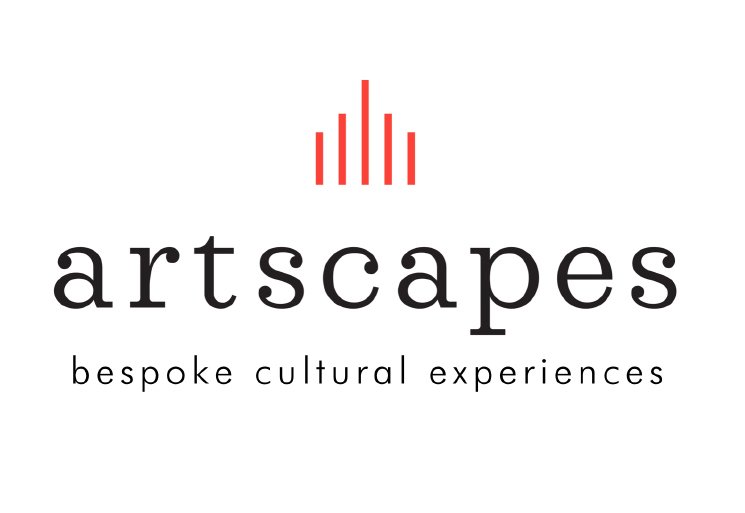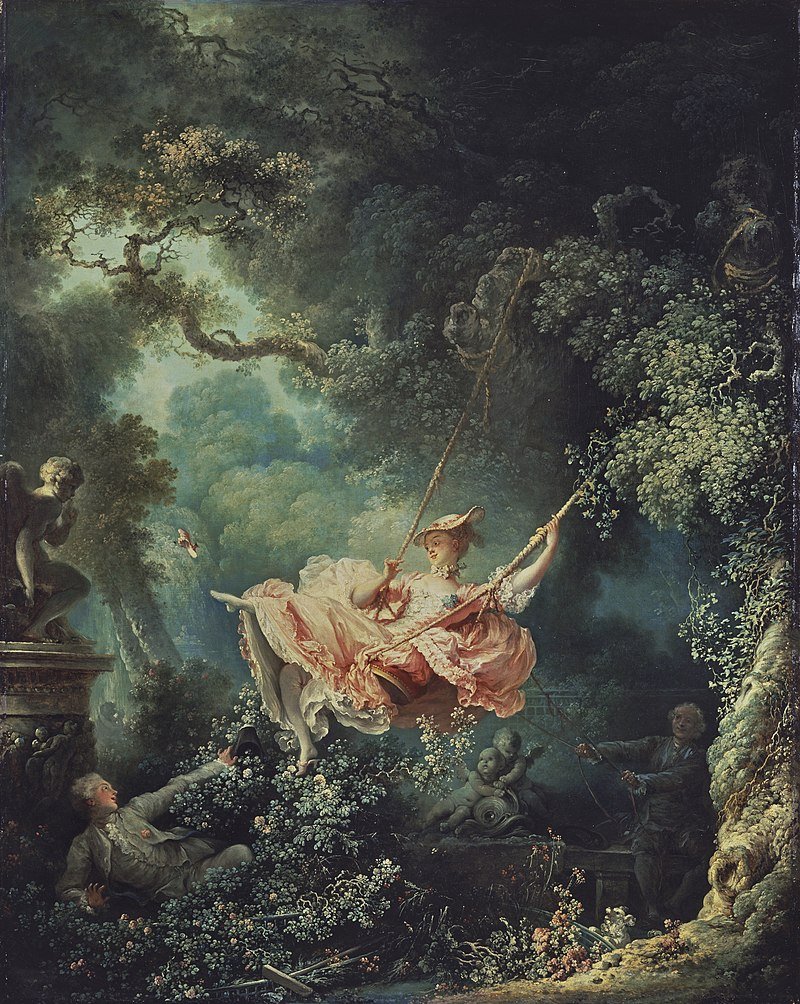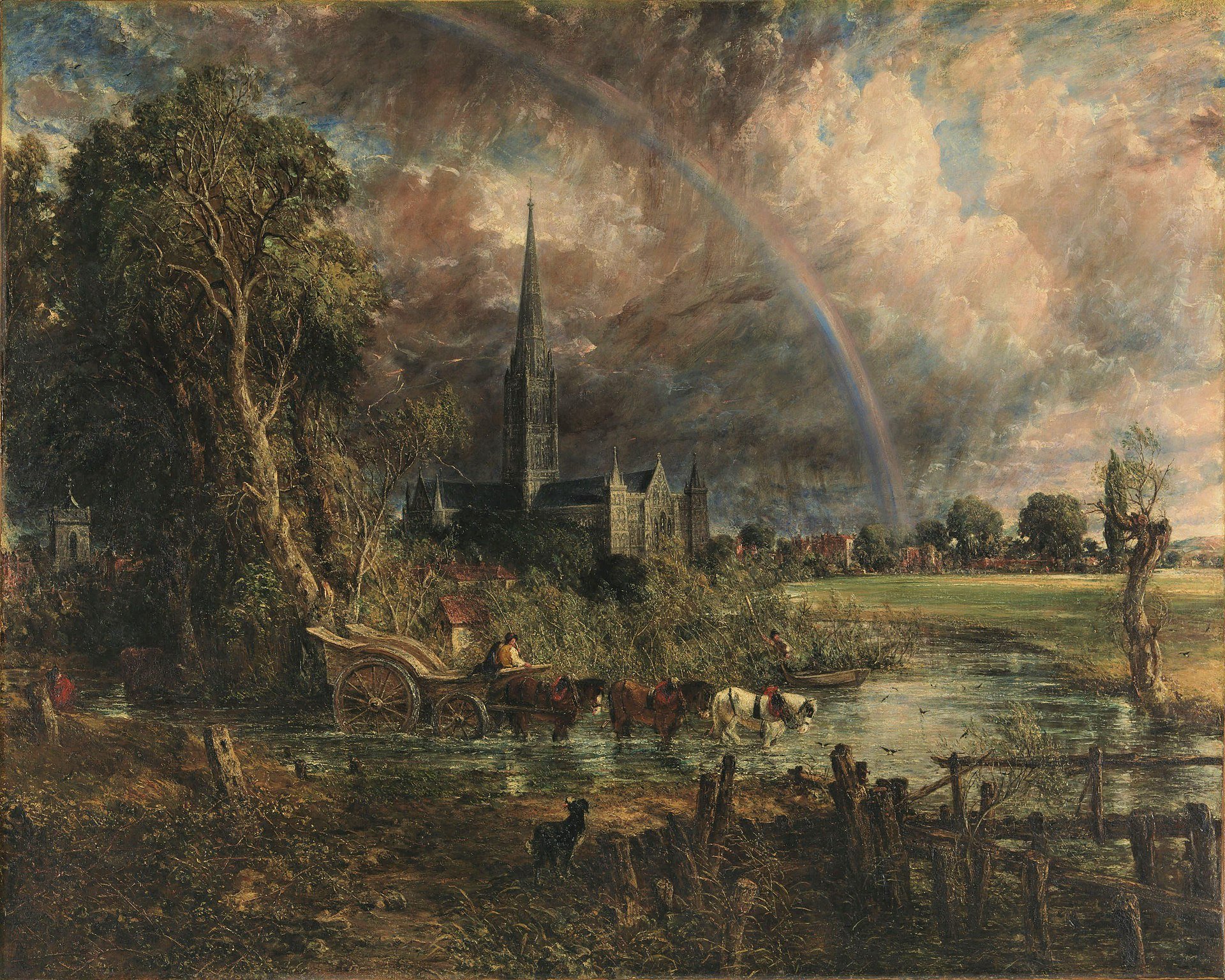
The Greatest Storytellers of the Long 18th century: Art and Revolution
The Greatest Storytellers of the Long 18th century: Art and Revolution
Released: Spring 2021
7 part series
The 18th century in Europe was bursting at the seams with extraordinary people and ground-breaking events. Art and artists were unleashed onto the wider society as a proliferation of talent burgeoned expansively across the continent. The Grand Tour was consolidated, aristocrats began to obsessively collect art, public art galleries evolved, the Royal Academy and French Salon was consolidated and new synthetic pigments were invented. And charging alongside were the roars of colonialism, industrialisation, the Enlightenment, the rights of man, Darwinism and political revolution.
A vivid, thrilling and complicated time that has led British historians to term it the “Long 18th Century”, encapsulating events in the centuries before and after - to make greater sense of the Homeric nature of this time
And it is art - as ever - that gives us most vivid insight into this world. Canaletto. Hogarth. Gainsborough. Reynolds. David. Constable. Turner. They will be our Storytellers for this series, unleashing through their art the astonishing potential found within “The Long 18th Century.”
Buy individual lectures from the series:
-
Join art historian and TV presenter Rose Balston for a Valentine's romp through one of the sauciest periods of art history. As the French court endeavored to throw off the restrictive bonds of Louis XIV’s etiquette, they fell headlong into a period of decadence, indulging themselves in all life’s pleasures. Under the insatiable patronage of Madame de Pompadour, mistress of Louis XV, artists created scenes that were fun and flirtatious, abundant with reminders of earthly pleasures.
This was Rococo at its finest - full of titillation, exuberance and hidden meaning. Exploring images by Watteau, Boucher and Fragonard, plus the development of Sèvres porcelain, we'll uncover the secrets of aristocratic life in France that typified the vibrant reign of Louis XV and the new Rococo style.
-
Venice in the 18th century was in a serious state of financial and political decline. Yet, this extraordinary city - “La Serenissima” - continued to hold her head high as tourists flooded in from the continent. English gentlemen with a penchant for spending money, gambling the night away, making love to beautiful Venetian courtesans - and buying copious amounts of art – swarmed to the city. Taking their treasures back to Britain, their aristocratic palaces and country houses were transformed. Top of their wish-list were works by the celebrated Giovanni Canaletto. Taking a slice of Venice back home with them, they could transfer the grey days of England to a world of a light bouncing off bridges and shimmering off water, yapping dogs, tripping children, campos stuffed with bartering traders, gondaliers yelling across the water, washing blustering in the wind, fish drying in the sun. We’ll be diving deep into this world to get to grips with why Canaletto was so beloved by this new class of tourist. Pour yourself a Spritz Veneziano (AKA an Aperol Spritz), roll out some cicchetti and revel in one of the most magical cities in the world.
-
This talk will lead us deep into Georgian London and Hogarth’s chaotic, boisterous and action-packed tales. His bitingly satirical paintings reveal all of life’s drama – from infidelities and lust, to gambling, STDs, suicide and murder. We will focus closely in on his Marriage à-la-Mode in London’s National Gallery – an extraordinarily punchy, yet eye-wateringly witty depiction of 18thcentury London and the plethora of problems that come with arranged marriages. More than any other artist from this period, through Hogarth’s art we are able to cut to the quick of what life was really like in the 18th century. There is no greater storyteller in art, no greater observer of the truth, than William Hogarth.
-
The French Revolution of 1789 was the most dramatic and cataclysmic moment in French history. Wrapped up in the intricate web of this maelstrom you find the controlled and classical brushstrokes of Jacques-Louis David, a hugely influential artist and political figure.
This was the era of Neo-classicism in France: the kings of the “ancien régime” were over, and a new classical era had begun. In this talk we’ll look at the art of Jacques-Louis David to see how his art – and his political rise and fall - was intimately tied with the Revolution.
-
Reynolds – romance, drama, sophistication, grace, celebrity. Taking wholesale inspiration from Van Dyck and from the sculpture of classical antiquity, Reynold’s invention of the “Grand Manner” style of portraiture catapulted the genre into a coveted expression of wealth and status. Gainsborough took what he wanted from Reynolds, and then liberated his faces with extraordinary brushwork. As Reynold’s said “those odd scratches and marks….by a kind of magic…assumes form” – it is this magic that allow Gainsborough’s portraits to shimmer, sparkle, burst with a freshness and vivacity not seen anywhere else in the history of art.
These two extraordinary painters – highly competitive with each other – created the Golden Age of portraiture in Britain. No longer the preserve of royalty, the upper classes had entered a new era of prosperity and portraits of oneself or one’s ancestors became a critical symbol of class and sophistication.
-
Constable is one of the un-sung heroes of European art. With the Hay Wain plastered over thousands of tea-towels and biscuit tins, the ‘quintessential’ nature of his art belies a much more interesting truth. True – he found a world of beauty in places where we would never dream to look and he worshipped the intimacies of nature like no-one else. But beyond this, we find a wildly passionate man who poured his soul onto the canvas. A man fighting a life-long battle with the establishment, doggedly sticking to his guns through thick and thin. Who partook in one of the most fascinating stand-offs of 18th century art history – that with JMW Turner - both vying for supremacy in London’s Royal Academy of Arts, both fiercely committed to landscape art, and both disliking each other in equal measure.
Over the next two sessions we’ll explore how the lives of these two artists, their characters and visions poured into their paintings, bringing the genre of landscape art to life in one of the most exciting artistic revolutions of the time.
-
While fighting for the same end, Turner’s goal in depicting the landscape was legions away from his rival John Constable. Turner’s romantic obsession with speed, storms and most importantly the sun permeates his paintings, and over his long career his brushwork turned increasingly wild and uncontrolled. A rollercoaster life that see-sawed from intense success to mockery in the streets. But with his commitment and passion he turned the known world of art on its head, he spat on his canvases and his called the sun ‘god’, and one can’t be surprised that John Ruskin called Turner ‘the father of modern art’.









